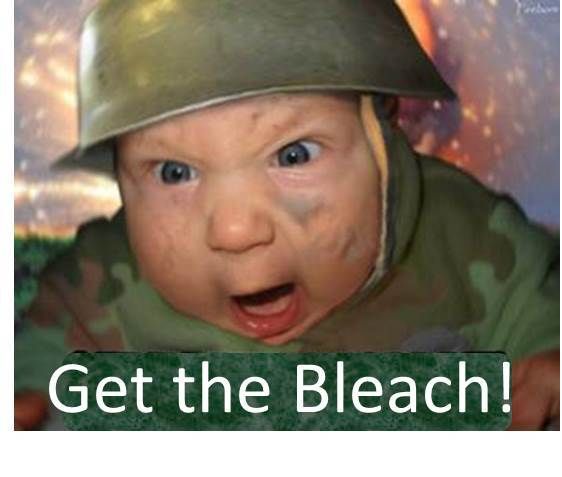I apologize for not having my signature up to date yet but will work on that this weekend. With that said, we have had our new pool opened for a month and had a big kick off with Memorial Day weekend. We have been able to manage the water perfectly up until this last weekend by using chlorine pucks our pool builder gave us (we are switching to TFP method once those run out). Our pool is 20x40, 26,000 gallons inground vinyl liner. During the weekend, we noticed our water start to get cloudy and it stayed that way for days. Finally, we had to superchlorinate Tuesday, Wednesday and Thursday. By doing this, we finally got the chlorine back to normal and the water clear.
During the weekend, we had at least 50 different people in the water off and on for the 3 day weekend. My assumption is that the chlorine pucks could not keep up with the swimload.
Whether I'm using chlorine pucks or the TFP method, how do you prepare for a situation in which you will have a heavy swim load throughout the weekend? Any advice is recommended.
As a side note, there are 5 kids in the neighborhood who have had swimmer's ear this week and we are assuming it may be due to cloudy, dirty water.
During the weekend, we had at least 50 different people in the water off and on for the 3 day weekend. My assumption is that the chlorine pucks could not keep up with the swimload.
Whether I'm using chlorine pucks or the TFP method, how do you prepare for a situation in which you will have a heavy swim load throughout the weekend? Any advice is recommended.
As a side note, there are 5 kids in the neighborhood who have had swimmer's ear this week and we are assuming it may be due to cloudy, dirty water.


